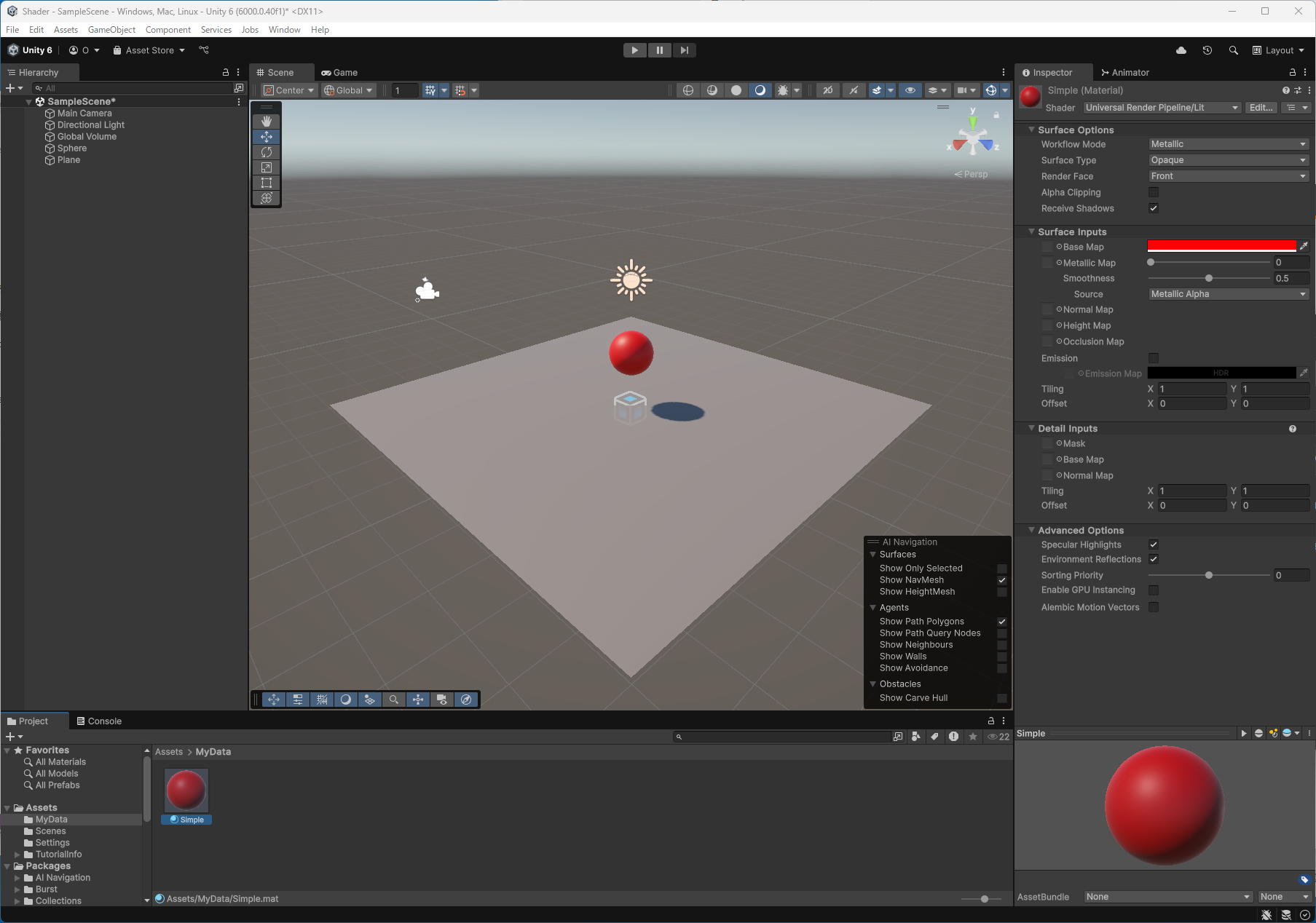Learn UE5 shaders
Following on from the previous Unity article, this time we want to review the UE5 shader code. UE5 allows you to read the entire source code, so first we will get the source code from github.
Until we build and run the UE5 source code
The procedure is as follows.
- https://store.epicgames.com/ Create an EPIC account with
- Create a GitHub account
- Connect to GitHub from the Epic account management page (Apps and Accounts)
- https://github.com/EpicGames/UnrealEngine Access and Clone
- cd UnrealEngine
- Setup.bat
- GenerateProjectFiles.bat
- Open UE5.sln in VisualStudio, set the startup project to “UE5”, and run Build with the Development Editor and Win64
- Debug and run UE5
The build will take quite a while.
